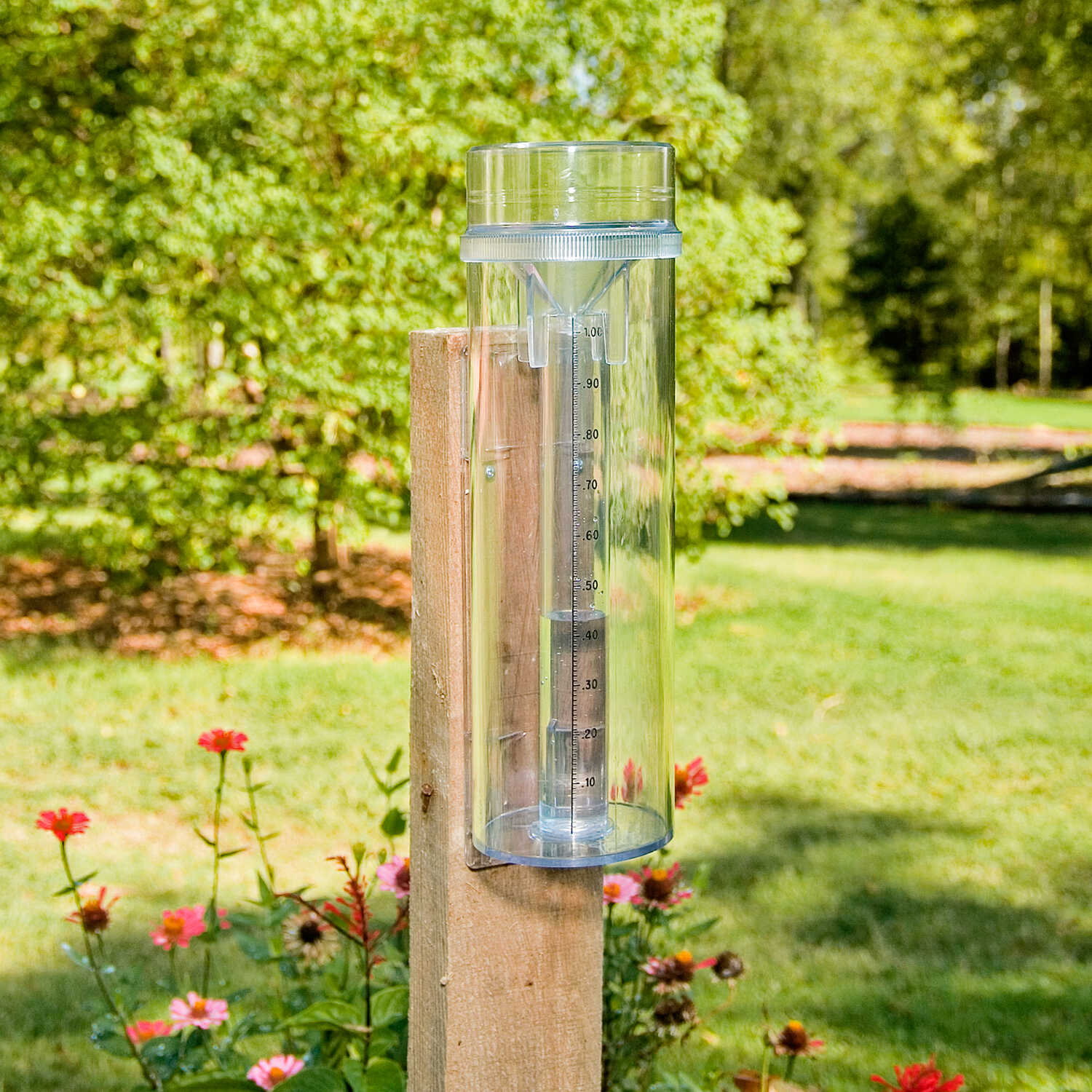Recognizing The Rain Gauge: Importance, Kind, and Use Explained
Recognizing The Rain Gauge: Importance, Kind, and Use Explained
Blog Article
Do It Yourself Rainfall Gauge: Straightforward Steps to Make Your Own
Creating your very own DIY rain gauge is a basic and efficient method to measure and tape rainfall. With simply a couple of usual materials and some fundamental steps, you can quickly create your own rainfall gauge at home. Let's get begun on making your DIY rainfall scale today!
Gather Materials
To begin creating your do it yourself rain scale, collect all the necessary materials making use of a thorough checklist of products. Having the right products handy will make certain the effective production of your rainfall scale and permit exact dimensions of rainfall. You will require a clear plastic container or cylinder, such as a plastic bottle or jar. Make sure the container is transparent to ensure that you can quickly see the water level inside. Next, you will need a ruler or measuring tape to mark the increments on the container. This will allow you to measure the quantity of rainfall accurately. Additionally, you will certainly need a long-term marker or waterproof tape to mark the dimensions on the container. When revealed to rainfall, this will ensure that the markings stay visible even. You will certainly require a durable base or stake to securely hold your rain gauge in location. This can be a wood or steel risk that can be placed into the ground or a strong flat surface area to offer stability. Gathering these products ahead of time will certainly streamline the building procedure and ensure that you have whatever you need to develop your very own DIY rain scale.
Prepare the Container

Mark the Measurement Increments
To properly measure the quantity of rainfall, accurately marking the measurement increments on your do it yourself rainfall gauge is important. Without clear and specific markings, it would certainly be difficult to establish the precise amount of rains gathered in your rainfall gauge. Below are the steps to mark the dimension increments on your rain scale.
First, choose the device of measurement that you wish to use. One of the most usual units for gauging rainfall are inches and millimeters. Once you have selected the system, make use of a long-term marker or water-proof paint to note the increments on the side of your rain gauge. For inches, you can mark every quarter inch or every half inch, relying on your preference. For millimeters, you can note every 10 millimeters or every 20 millimeters.
When noting the increments, it is necessary to make sure that they are evenly spaced and plainly visible. Utilize a ruler or determining tape to make sure precision and consistency. Additionally, see to it that the markings are resistant to fading or massaging off, as exposure to the aspects may cause them to weaken with time.
Location the Rain Scale Outdoors
The rainfall gauge must be placed outdoors to precisely accumulate rainfall information. The location chosen for the rainfall gauge must be open and free from any kind of blockages that can potentially affect the measurement of rains. The Rain Gauge.
Furthermore, it is crucial to position the rain scale on a stable surface area, such as a degree ground or a durable message. This will certainly prevent any type of motion or tilting of the scale, which might cause incorrect dimensions. It is additionally advisable to avoid positioning the gauge near any sources of synthetic water, such as sprinklers or drainage systems, as this can hinder the accuracy of the dimensions.
Screen and Document Rainfall Information
Regular surveillance and recording of rainfall information is essential for precise information evaluation and analysis. By keeping track of useful link rainfall measurements, you can get beneficial insights into climate patterns, climate patterns, and water source click to read monitoring. To efficiently monitor and videotape rains data, it is necessary to establish a regular and preserve constant techniques.
First of all, make certain that your rainfall gauge is positioned in an open location far from obstacles such as trees or buildings that may obstruct rains. Furthermore, see to it the rainfall gauge is degree and safely secured to stop any kind of motion that can influence the precision of the measurements.

When taping the rains data, it is vital to keep in mind the day and time of each measurement. Utilize a ruler or a measuring stick to establish the rains depth in the rain gauge, and document this info accurately.
To make sure the precision of the measurements, it is suggested to empty the rainfall gauge after each recording. This will certainly prevent any overflow or dissipation from influencing succeeding dimensions.
Verdict
Finally, producing a page DIY rain scale is a functional and basic means to keep an eye on and tape rainfall information (The Rain Gauge). By complying with the steps detailed in this article, you can conveniently collect products, prepare the container, note the dimension increments, and put the rain scale outdoors. Routinely keeping an eye on and taping rainfall data can supply valuable information for different objectives
Having the appropriate products on hand will certainly make sure the successful development of your rain scale and permit for accurate dimensions of rains.To accurately measure the amount of rains, precisely marking the dimension increments on your Do it yourself rain scale is essential.The rain gauge should be placed outdoors to properly collect rainfall information. The location picked for the rainfall gauge must be open and cost-free from any blockages that might potentially impact the measurement of rainfall.In conclusion, creating a DIY rain scale is a sensible and simple method to keep track of and tape rainfall information.
Report this page